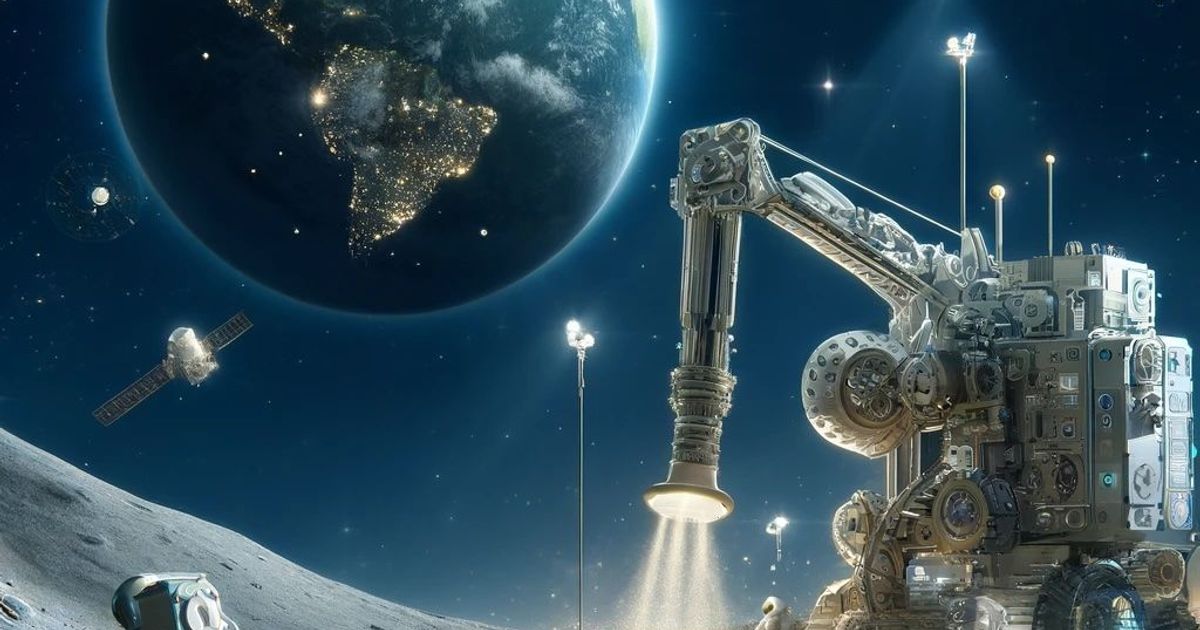When you have all the money in the world, you are freed from the burden of family and children, and you see the Earth from space, what is left to live for? For Jeff Bezos, the answer seems to be: live longer, maybe forever. Bezos and a few other wealthy people have enlisted Hal Baron of GlaxoSmithKline to lead Altos Labs, the ambitious new anti-aging company that can already count on billions in investments. But is all of this realistic? What do we already know about aging? Can we overcome aging (and death)?
Why is this important?
Much of what happens during aging can be described at a level as what happens physically to our genes, cells, and organs. But the fundamental question of why we age remains unanswered.Bezos, the retired Amazon founder who turned 58 earlier this month, has assembled a team of top doctors and scientists to lead a startup he funded. The mission of this startup seems a bit fantasy andThe first: reversing the aging process and thus defying death.
The startup, called Altos Labs, came out of stealth last Wednesday with the announcement that Hal Baron, chief scientific officer and president of British pharmaceutical giant GlaxoSmithKline (GSK), would become the company’s CEO. Barron has led research and development at GSK since 2018. His previous career included several leadership positions at biotech giant Genentech and later parent company Roche. From 2014 to 2017, Barron was head of research and development at the long-running start-up Calico Life Sciences, founded by Larry Page, co-founder of Google, whose company is very similar to Altus Labs.
Altos Labs was founded last year by Richard Klausner, who was the head of the National Cancer Institute in the United States. The company was able to secure more than $3 billion in funding at launch. It did not disclose its investors. According to the MIT Technology Review, which reported on the company’s work in September 2021, Bezos made the largest contribution through the family investment firm Bezos Expeditions, and Russian-Israeli billionaire Yuri Milner, 60, also invested significantly through the family enterprise. .
An impressive list of Nobel Prize winners
The startup has attracted several Nobel laureates to serve as its board of directors. As Shinya Yamanaka, 2012 Nobel Prize Winner in Medicine for her work in stem cell research, Jennifer Doudna, 2020 Nobel Prize winner in Chemistry for her role in developing the gene-editing tool (CRISPR), Frances Arnold, who won the 2018 Nobel Prize in Chemistry for her work on enzyme technology, and David Baltimore, 1975 Nobel laureate in medicine. Yamanaka, a professor at Japan’s Kyoto University, will also serve as a senior scientific advisor at Altos Labs to oversee research activities in Japan.
“Altos is attempting to decipher cellular regeneration programming pathways to devise an entirely new approach to medicine, based on emerging concepts of cellular health,” Klausner said in a statement. “The remarkable work in recent years, beginning with the quantification of cellular health and the mechanisms behind it, along with the ability to effectively and safely reprogram cells and tissues through regeneration pathways, opens new avenues about future medicine.”
What exactly is aging?
But is all of this realistic? Can we overcome aging (and death)? Let’s take a look at how it works.
Aging is not just a change in the way we feel or look, aging occurs at the cellular level. In a lab culture dish, adult skin cells divide about 50 times before stopping. But a newborn’s skin cells can divide 80 or 90 times. On the other hand, the cells of an elderly person divide only about twenty times.
Aging is also in our genes. Our genetic material changes over time – chemicals can be attached to it that change which genes are turned on or off. These are called epigenetic changes and they increase as we age. A different kind of change occurs at the DNA ends of our cells. Repeated pieces of DNA, called telomeres, act like the plastic tip of a shoelace, preventing the twisted coils of genetic material at the ends from fraying or knotting. But every time a cell divides, these telomeres shrink. We don’t know if short telomeres are just a sign of aging, like gray hair, or part of the process by which cells age.
Essential Question: Why do we age?
Since aging has such a profound effect on our cells and genes—and the effects listed here are just a few examples—a much bigger question arises: Why is this happening? Why are we getting old?
It was once believed that aging occurs in the service of the continuous evolution of the species. In other words, the evolution of species requires a path of individuals. However, one of the problems with this idea is that most life on Earth never gets old. Most animals are killed by predators, disease, climate, or starvation. So having an internal limit in an animal’s lifespan may not be important to evolution.
Another view is that aging is simply a side effect of damage that accumulates over time, caused by our metabolism or exposure to ultraviolet rays from the sun. We know that genes are damaged as we age, but it has not been shown that this directly stimulates aging. Another possibility is that aging evolved as a defense against cancer. Since cells accumulate genetic damage over time, they may have developed a process that does not persist in the body for very long, should this damage eventually lead to the cell becoming cancerous.
Senescentie
As we age, some of the body’s cells go into a state of old man Where the cell lives but stops dividing. Age cells accumulate in the body throughout life – particularly in the skin, liver, lungs, and spleen – and have both beneficial and harmful effects.
They are useful because they secrete chemicals that help repair damaged tissues, but over a long period of time, as the number of aging cells increases, they can disrupt the normal structure of organs and tissues. These cells may be an underlying cause of many of the problems we associate with aging. Mice in which senescent cells had been cleared showed a significant delay in showing signs of aging.
Much of what happens during aging can be described at a level as what happens physically to our genes, cells, and organs. But the fundamental question of why we age remains open. In all likelihood, there is more than one correct answer.
Of course, no one knows whether Bezos will succeed in helping to extend human life. What is clear, however, is that through the study of aging, new and exciting discoveries will undoubtedly emerge.
(kg)

“Total coffee specialist. Hardcore reader. Incurable music scholar. Web guru. Freelance troublemaker. Problem solver. Travel trailblazer.”






More Stories
Toward a sustainable future: space exploration as a driver of terrestrial sustainability
“There is no scientific evidence for strict fertilizer standards in the Netherlands.”
Astronomers have discovered a new molecule in space. And it's very special